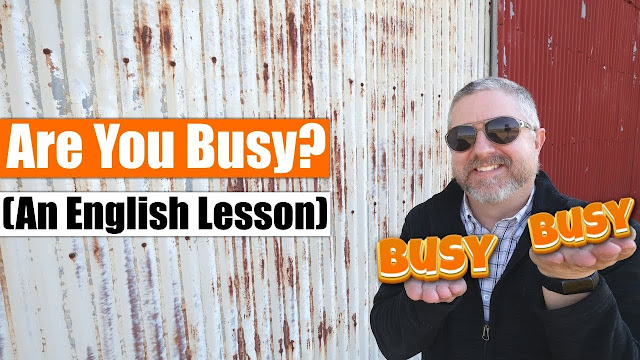O QUE EU FARIA SE ESTIVESSE COMEÇANDO A APRENDER INGLÊS HOJE...
Carina Fragozo
Maio de 2023
1. Primeiro, organizaria a minha semana e estipularia os dias e horários em que eu pretendo estudar. Faria disso um compromisso de verdade, algo que eu não poderia faltar. Usaria um planner para marcar cada dia/tarefa como concluído, para ter a sensação de dever cumprido.
2. Escutaria muito material em Inglês, mas procuraria áudios simplificados e com textos para acompanhar. Também praticaria o listening com músicas que eu realmente gosto e escolheria as de ritmo mais lento para facilitar.
3. Praticaria a fala e a pronúncia desde o início, escutando atentamente e em seguida repetindo palavras e frases em voz alta. Criaria um grupo no WhatsApp comigo mesma e gravaria áudios com as minhas leituras e repetições para comparar com o áudio original e manter um registro do meu progresso.
4. Criaria o hábito de anotar palavras e frases novas em um caderno ou bloco de notas do celular. Escolheria o conteúdo que eu realmente considero relevante e buscaria sempre anotar com algum exemplo, nunca uma lista de palavras descontextualizadas. Anotaria também a pronúncia para não esquecer.
5. Revisaria este caderno / bloco de notas todos os dias antes de iniciar os estudos. Aos poucos, essas informações vão sendo internalizadas e já não será mais necessário revisar as palavras / frases desde o início.
6. Seguiria perfis de professores com os quais me identifico e aproveitaria todo o conteúdo gratuito oferecido no Instagram e principalmente no YouTube, com aulas mais longas. Aliás, eu faria minha inscrição no canal English in Brazil porque tem mais de 300 vídeos organizados em playlists!
7. Além dos dias em que me comprometi a estudar, manteria o contato com o idioma todos os dias de outras formas: colocaria as configurações do celular e de apps em Inglês, seguiria perfis de notícias em Língua Inglesa no Twitter e Instagram, escutaria podcasts nessa língua enquanto cozinho, dirijo ou ando de ônibus, sempre prestando atenção no que é dito e tentando entender o máximo possível pelo contexto.
8. Não desistiria no primeiro obstáculo. Todos têm vergonha de falar, medo de errar e dificuldade para escutar no início do aprendizado. Não focaria em ser “perfeita”, mas em ser CONSISTENTE. O aprendizado de um novo idioma exige tempo e esforço contínuos, então celebraria cada pequena conquista ao longo do caminho.
Adaptado de: https://englishinbrazil.com.br/2023/05/aprendendo-ingles-dicas-praticas.html. Acesso em: 31 mai. 2023. Copyright © 2023 English in Brazil Produtos Digitais Ltda. Todos os direitos reservados.


















